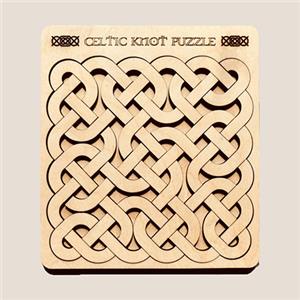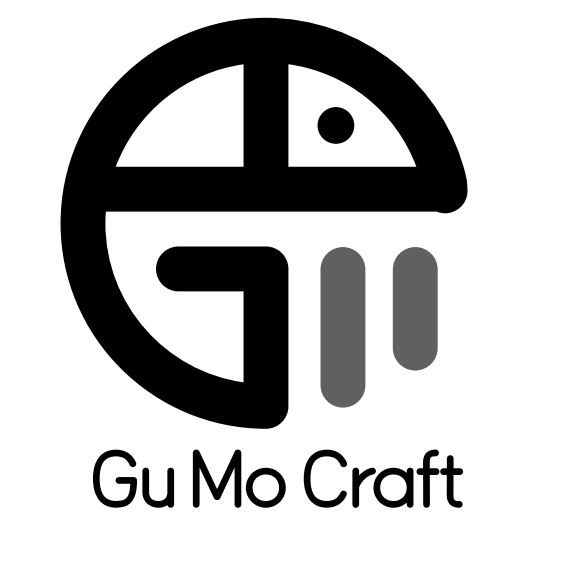CNC Engraving vs Hand Engraving: A Detailed Accuracy Comparison
In the world of wood craftsmanship, engraving techniques play a crucial role in defining the final product's quality and aesthetic appeal. Two primary methods dominate the industry: CNC engraving and hand engraving. Each approach has distinct advantages and limitations, particularly in terms of accuracy, consistency, and artistic expression.
At Gumowoodcrafts, we specialize in high-precision wood engraving, utilizing both CNC technology and traditional hand techniques. This article provides an in-depth comparison of the accuracy levels achievable with each method, helping you make an informed decision for your next project.

Understanding CNC Engraving
CNC (Computer Numerical Control) engraving relies on automated machinery to execute designs with extreme precision. A pre-programmed digital file guides the CNC machine, ensuring consistent replication across multiple pieces.
Key Features of CNC Engraving:
Micrometer-Level Precision: CNC machines operate within tolerances as tight as ±0.005 inches (0.127 mm), making them ideal for intricate geometric patterns and repetitive designs.
Repeatability: Once a design is programmed, the CNC machine can reproduce it identically on hundreds or thousands of workpieces.
Complex Geometry Handling: CNC excels at 3D carvings, deep engravings, and fine detailing that would be challenging manually.
Accuracy Strengths:
Minimal human error
Perfect symmetry and uniformity
Ideal for industrial-scale production
Exploring Hand Engraving
Hand engraving is a traditional technique where skilled artisans use chisels, gouges, and other tools to carve designs directly into wood. This method is valued for its artistic freedom and organic finish.
Key Features of Hand Engraving:
Artistic Flexibility: Craftsmen can adjust depth, pressure, and detailing on the fly, allowing for unique, one-of-a-kind pieces.
Natural Texture Variations: Slight imperfections add character, making each piece distinct.
Suitability for Organic Designs: Floral motifs, freehand sketches, and custom lettering often benefit from hand engraving.
Accuracy Strengths:
Human touch enhances depth perception and shading
Better for irregular or curved surfaces where CNC may struggle
Preferred for bespoke, high-end craftsmanship
Accuracy Comparison: CNC vs Hand Engraving
| Factor | CNC Engraving | Hand Engraving |
|---|---|---|
| Dimensional Precision | Extremely high (±0.005 inches) | Slight variations due to manual control |
| Consistency | Perfect replication across batches | Each piece has minor uniqueness |
| Detail Resolution | Best for ultra-fine lines and micro-text | Depth and texture vary with artisan skill |
| Speed | Faster for large quantities | Slower, but more deliberate |
| Adaptability | Limited to pre-set designs | Adjustable in real-time |
When to Choose CNC Engraving:
Projects requiring mathematical precision (e.g., logos, technical patterns)
Mass production with zero deviation between units
Complex 3D reliefs that demand exact depth control
When to Choose Hand Engraving:
Custom artwork where human artistry is prioritized
Pieces needing organic, textured finishes
Small-batch or heirloom-quality creations
Education Wooden Plaque - Showcases precision engraving
Wooden Door Welcome Sign - Features hand-engraved details
Wooden Home Desktop Decoration - Combines both techniques
Technological vs Artistic Accuracy
While CNC engraving wins in measurable precision, hand engraving offers perceptual accuracy—where the human eye perceives depth and texture more naturally. For example:
A CNC-carved floral pattern may have sharper edges, but a hand-engraved version appears more lifelike due to subtle tool marks
Serialized industrial parts benefit from CNC, while decorative panels gain value from handcrafted detailing
Gumowoodcrafts' Approach to Precision
At Gumowoodcrafts, we combine both techniques to maximize accuracy and artistry:
CNC for structural elements (e.g., geometric inlays, repeat patterns)
Hand finishing for tactile refinement (e.g., smoothing edges, enhancing depth)
This hybrid method ensures technical excellence while preserving the soul of traditional craftsmanship.
Conclusion: Which Method Is More Accurate?
The answer depends on your definition of accuracy:
CNC engraving delivers unmatched technical precision, ideal for standardized projects
Hand engraving provides emotional accuracy, capturing nuances that machines cannot
For buyers seeking flawless replication, CNC is the clear choice. Those prioritizing artistic authenticity will prefer hand engraving. At Gumowoodcrafts, we master both to cater to diverse needs.
For custom engraving projects, please contact us to discuss your requirements.

